One year later, flexible work is practically the status quo. Despite this, the office still matters, says Gensler’s David Calkins. Here’s why.

May 3rd, 2021
Ten years ago, David Calkins lead an experimental project for Gensler in Texas – one that explored a radical new concept: flexible work.
Gensler devoted an entire floor of their three-floor office to the experiment.
“There were focus rooms, and there was the ability to hotel,” says Calkins, who is now Regional Managing Principal for Gensler in the Asia Pacific and Middle East region. “You could reserve a desk for the day and you kept your things in a locker. The idea was, if you didn’t have an assigned workstation, you could come in and use one for the day.”
The project remained an experiment, however. “If people were interested in volunteering, fine, but we didn’t want to push them,” says Calkins. “Out of 100 people on a floor, we might have had 20 people who were interested in doing that brave-new-world thing.”
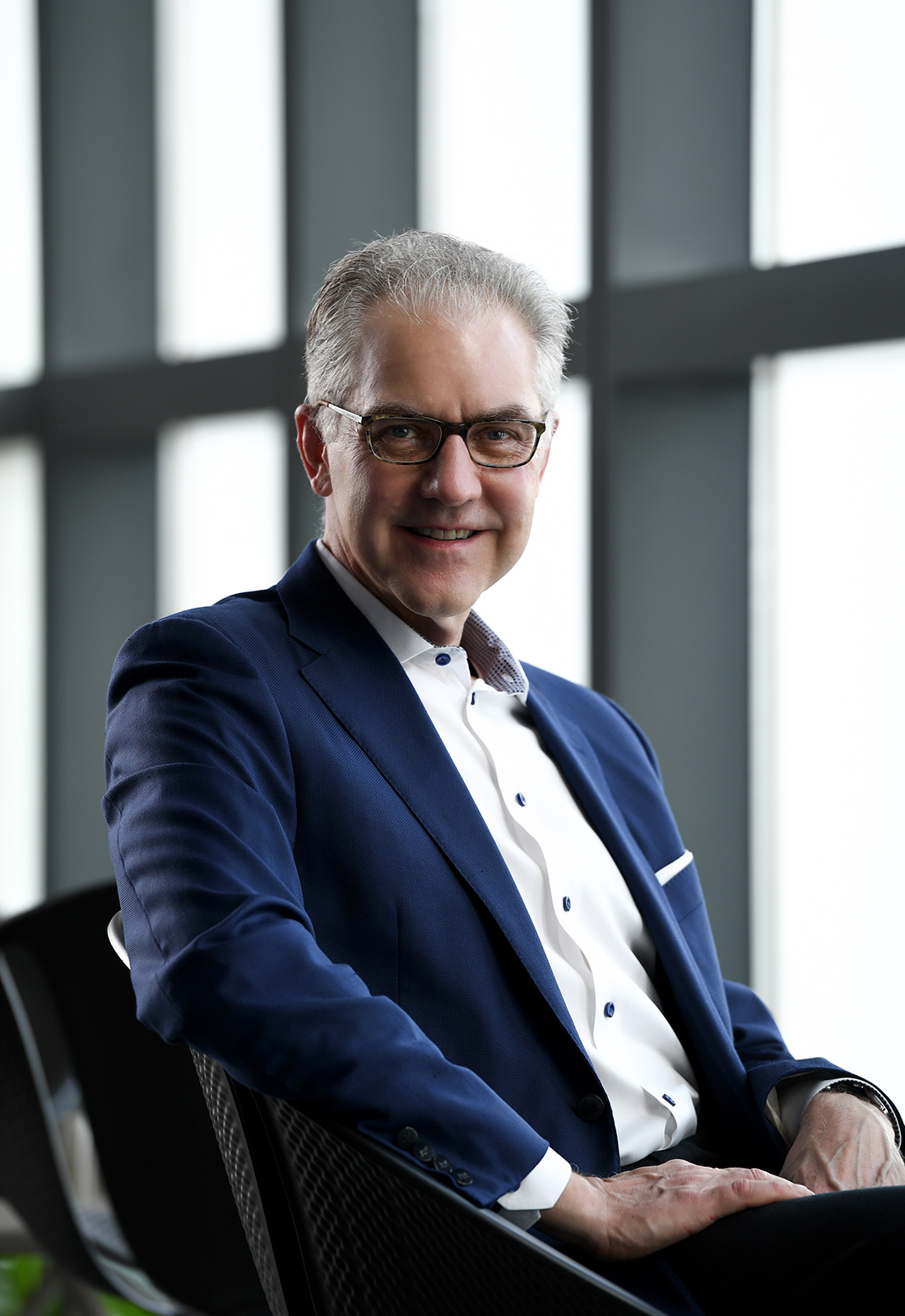
David Calkins
Fast-forward 10 years, and flexible work doesn’t seem quite so far-fetched. In fact, Gensler’s experiment is quickly becoming par for the course – and not just for the global design and architecture firm (which, by the way, moved to working from home “over a weekend,” says Calkins, and is now operating on a hybrid model across its Asia Pacific offices).
In Singapore, local banks such as DBS and UOB have formalised flexible working arrangements for their staff. Globally, Standard Chartered announced late last year that it hopes to have 90 percent of staff working flexibly by 2023.
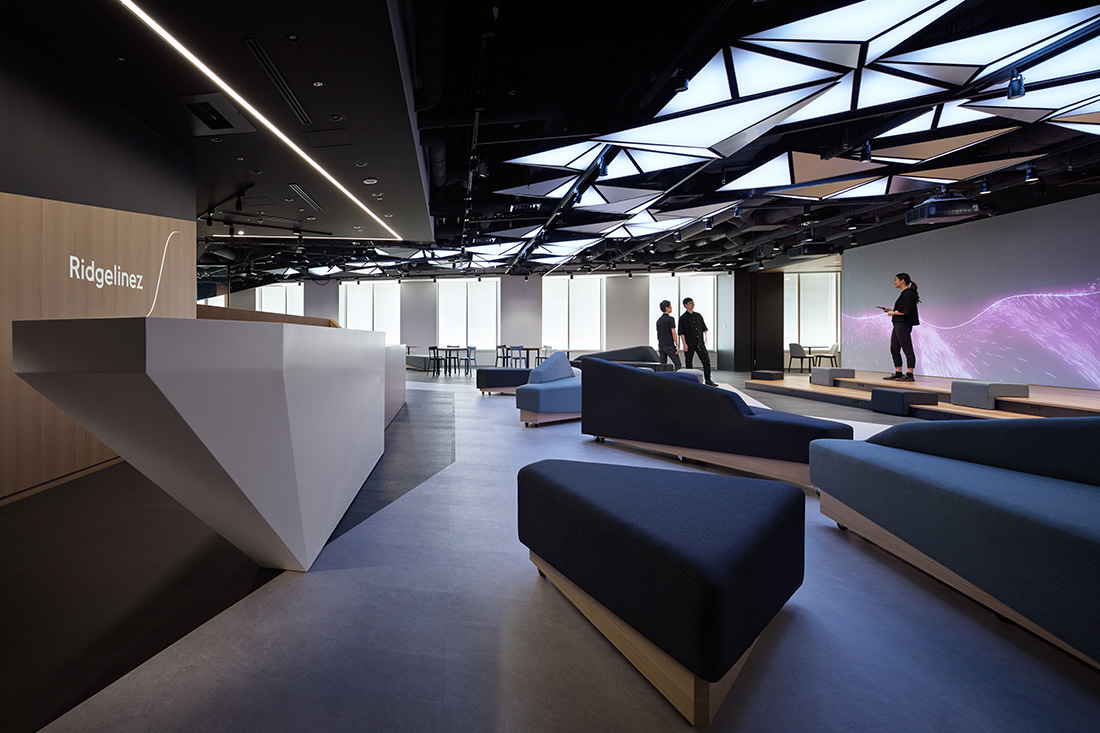
“Everything we’re hearing confirms this hybrid thing is going to go out into the future, and for good,” says Calkins.
Despite this, he believes the office still has significant purpose.
“It’s not just a place you go to work. It’s about conveying the culture of your company, conveying the brand, not just internally and to your clients, but to the public,” he says. “It’s a place to interact, collaborate, be creative, meet and exchange information.”
Herman Miller takes a similar view. The leading furniture manufacturer, which has been preparing for distributed ways of working for over a decade, foresees a role for the office in fostering culture and community, and supporting “intensive teamwork.”
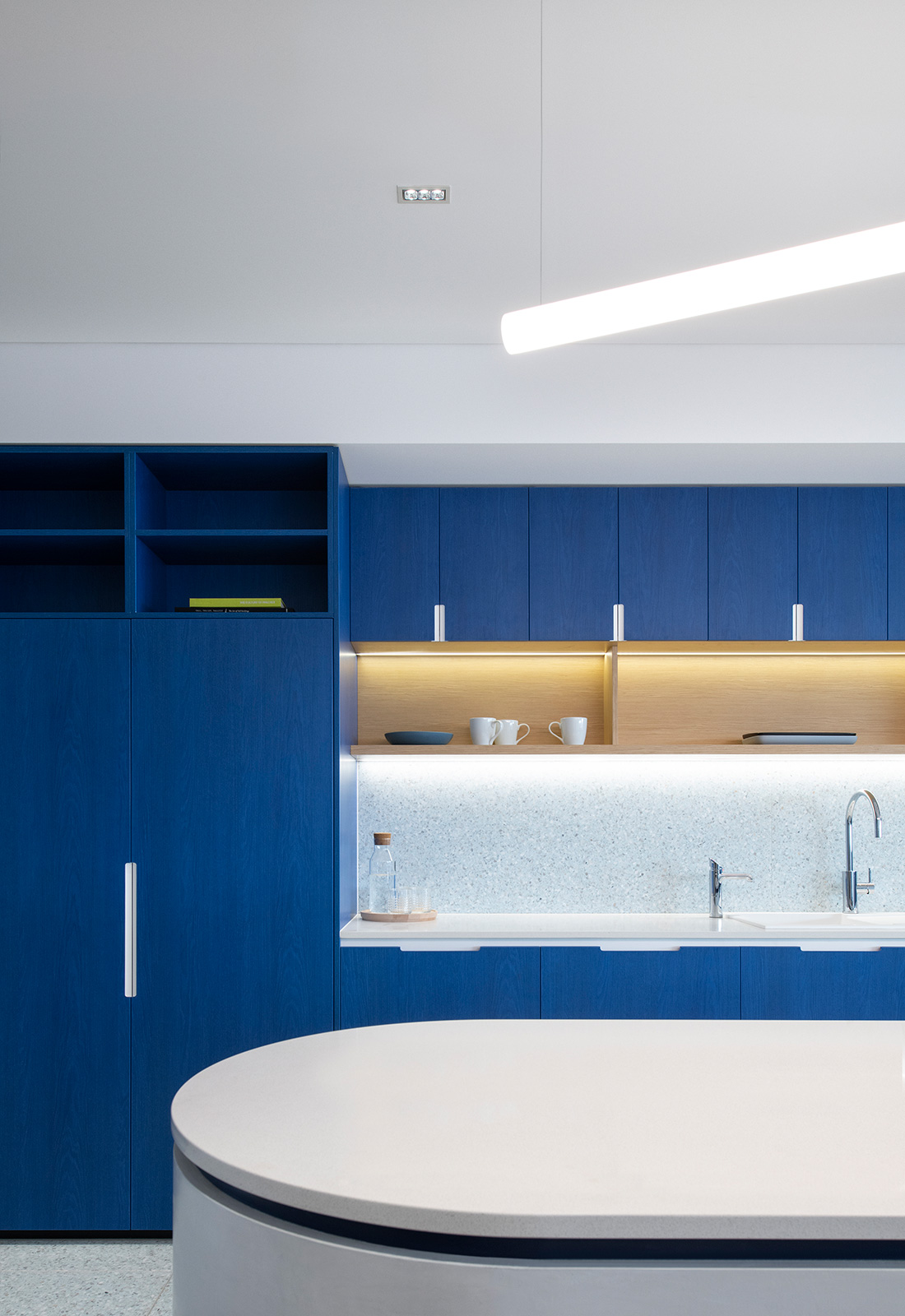
According to Herman Miller, relationship-building is vital to maintaining company culture, and to giving employees a sense of purpose and belonging.
This, Calkins and Herman Miller agree, will be a key focus for organisations moving forward, and they will be central to the office’s raison d’être. “It’s about enabling teams to be as productive as possible, and to feel as good about their work as possible,” says Calkins.
To facilitate employee engagement, organisations will need to home in on “variety, diversity and inclusion, and wellbeing,” says Calkins.
Organisations will, says Calkins, need to “visibly do things that say, ‘You guys are important to us, you’re our most valuable assets. Here’s how we’re reconfiguring our space to keep you safe and healthy.’ Not only to physically protect your employees but also to get them engaged. To have them really experience that the company does what it says it does.”
When it comes to diversity, Gensler is looking at “how to design offices for the greatest number of people – for different physical abilities and different neural abilities, different ways people have of thinking,” he says. “Visual and sensory cues are part of this.”
As for variety, Calkins speculates that offices will best engage the people who work in them if they offer a range of settings and spaces. “There will be multiple places [to work], and a variety of sizes of rooms where teams can work together. In some rooms, you’ll have every sort of media facilitating connecting with groups remotely.”
Herman Miller offers a whole host of products that support diversified work settings like those Calkins envisions. Among them is Atlas Office Landscape, a height-adjustable work system whose connected legs facilitate instant reconfiguration. Adjust the legs to create everything from rectilinear and 90-degree settings to Z-plan layouts, arranging multiple Atlas desks in a way that supports social distancing when it’s needed, and more collaborative settings when circumstances permit.
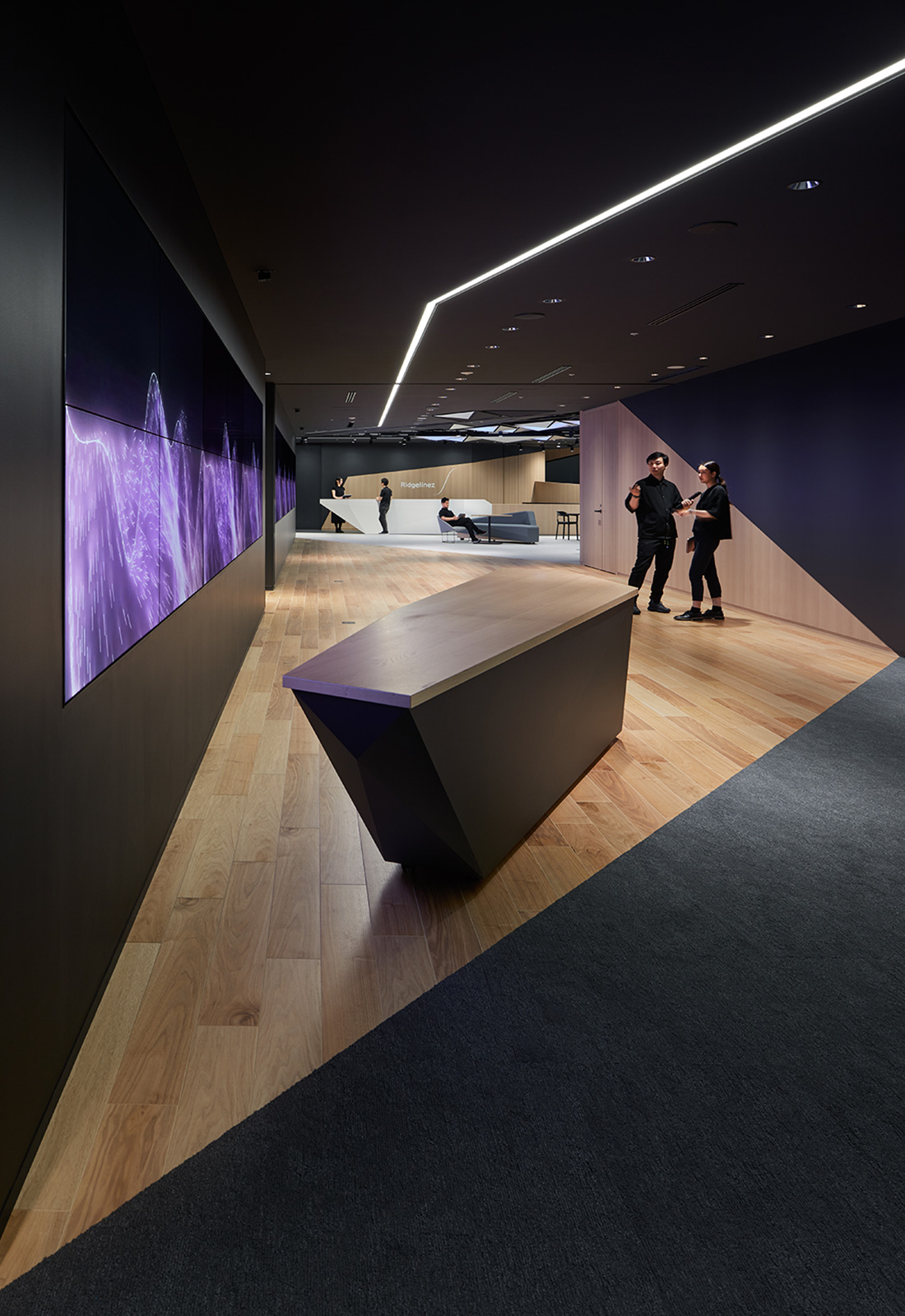
Agile environments and adaptable furniture are likely to play a key role in the office of the future – and yet how that pans out and what exactly the office will look like is still uncertain. “If anybody says they absolutely know what the answers are, they’re lying to you,” says Calkins. “It’s going to play out over a period of time.
“Now’s the time to step back, do an assessment of what you think the future is,” he says. “Consider how your culture needs to be protected or how it needs to transform. Ask yourself, how are you perpetuating it? How are you making sure it’s not being corrupted by these new circumstances that are totally unprecedented?”
Get further insights on the future of work via Herman Miller’s whitepaper, From Office to Everywhere. Explore Atlas Office Landscape, a work system that’s primed for flexible ways of working, here.
INDESIGN is on instagram
Follow @indesignlive
A searchable and comprehensive guide for specifying leading products and their suppliers
Keep up to date with the latest and greatest from our industry BFF's!
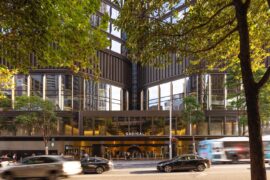
Rising above the new Sydney Metro Gadigal Station on Pitt Street, Investa’s Parkline Place is redefining the office property aesthetic.
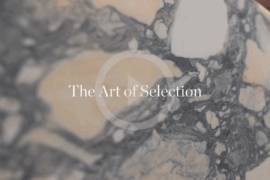
CDK Stone’s Natasha Stengos takes us through its Alexandria Selection Centre, where stone choice becomes a sensory experience – from curated spaces, crafted details and a colour-organised selection floor.
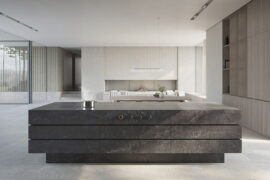
For those who appreciate form as much as function, Gaggenau’s latest induction innovation delivers sculpted precision and effortless flexibility, disappearing seamlessly into the surface when not in use.
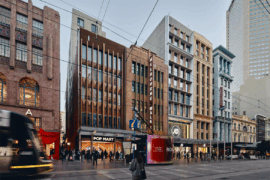
Merging two hotel identities in one landmark development, Hotel Indigo and Holiday Inn Little Collins capture the spirit of Melbourne through Buchan’s narrative-driven design – elevated by GROHE’s signature craftsmanship.
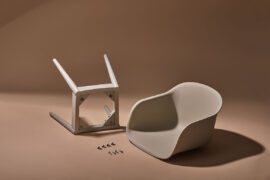
MillerKnoll releases the 2025 Better World Report showcasing how design can drive meaningful change through measurable progress across social, environmental and governance initiatives
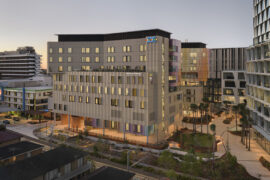
BLP’s new Sydney Children’s Hospital, Randwick building brings together paediatric care, family-centred design and Australia’s first Children’s Comprehensive Cancer Centre in a major addition to the Randwick Health & Innovation Precinct.
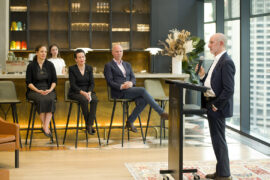
The eponymous practice founder reflects on four decades of work in a new book launched by Lord Mayor Clover Moore, tracing lessons from New York to Sydney and revisiting seminal works including 8 Chifley Square and the Andrew “Boy” Charlton Pool.
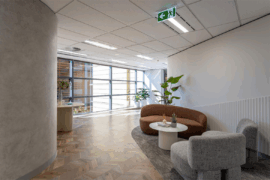
A thoughtful, low-waste redesign by PMG Group in collaboration with Goodman has transformed a dated office into a calm, contemporary workspace featuring a coastal-inspired palette and Milliken flooring for a refined finish.
The internet never sleeps! Here's the stuff you might have missed
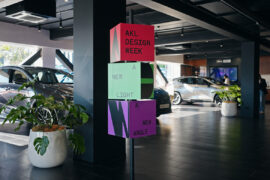
Auckland Design Week returns for its third edition in March, unveiling an expanded programme and a renewed focus on the relationship between people, communities and the places they shape.
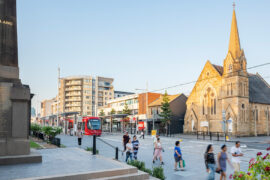
Australia’s first planted light rail corridor sets new benchmark for transport-led urban transformation.